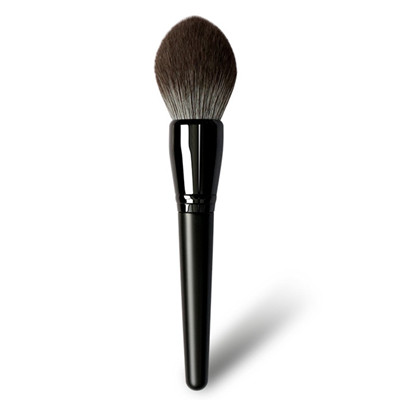Sales channel change: online platform competition intensifies, social e-commerce explodes
Amazon becomes the biggest retailer
Amazon is expected to surpass Walmart to become the largest beauty retailer in the United States with a 14.5% share in 2025. High-end brands such as Estee Lauder (Clinique) and L'Oréal (Kiehl's, Lancome) broke past boycotts and took the initiative to enter Amazon's Premium Beauty Store, controlling prices and brand image through official stores and combating the problem of third-party counterfeit and price gouging.
Driving factors: Prime members have reached 100 million independent monthly active users of beauty products, and the 30-45 age group relies on its evaluation system; 69% of Generation Z (13-18 years old) use their parents’ accounts to make purchases, becoming a new traffic entrance.
TikTok Shop becomes the engine of hot products, live streaming sales boom
The sales of beauty and personal care products on TikTok Mexico exceeded 250,000 units in a single month (an increase of 83.9% month-on-month). Maybelline's monthly sales in the U.S. reached US$2.18 million, with daily sales increasing tenfold.
Operation model: Relying on promotion by mid-level influencers (thousands of fans) + short-term promotions, such as 23,900 cleaning rags sold in a single week (+72.57% month-on-month)
Offline still focus on experience, but the function is changing
In 2023, offline channels accounted for 70% of makeup tool sales, and are expected to remain dominant in 2025; Sephora, Ulta Beauty, etc. have strengthened the "trial scenario" through AR makeup trials and professional shopping guides to meet the demand for online shopping.
Product innovation: integration of sustainable materials and intelligent technologies
Synthetic bristles dominate, eco materials accelerate penetration
Synthetic brushes account for 60% (2023), and the growth rate (CAGR 6.5%) far exceeds that of natural animal hair brushes (40%). Environmentally friendly materials such as bamboo handles and biodegradable packaging have become standard features of high-end brands (such as EcoTools), and stricter EU/North American environmental regulations have driven certification demand.
Intelligent + customized tools
AI-assisted tools: Shiseido's "Beauty AR Navigation" provides real-time guidance on makeup techniques; L'Oreal's Hapta smart brush is suitable for people with hand impairments.
3D printed customized brush head: The brush shape is customized according to user's facial structure, and the premium in the high-end market is 3-5 times that of ordinary brushes.
Minimalism and functional refinement
The star brand Rhode gained market recognition with its "few but good" strategy (only 10 SKUs) and was acquired by Elf Beauty for US$1 billion; niche functional single categories such as concealer brushes and tear trough brushes exploded (for example, the MakeupGirl concealer brush has monthly sales of more than 30,000).
Differentiation of consumer behavior: specialization, youth and cost-effectiveness
Generation Z becomes the core of decision-making
50% of consumers aged 13-18 turned to Amazon for purchases after being inspired by TikTok, seeking the convenience of "lightning delivery + parents pay"; preferring real makeup-free marketing (such as Rhode's natural light shooting strategy) and environmental protection;
Demand for professional tools surges
The professional makeup artist tools segment grew fastest (CAGR 6.2%), accounting for 35%; studio and individual users grew simultaneously, reflecting the popularity of DIY professional makeup.
Consumption polarization intensifies
Under the pressure of inflation, affordable makeup brushes (such as Elf with an average price of $6.5) and high-end smart brushes ($50-$150) coexist; the mid-range market is squeezed, and brands need to clarify their price positioning.
External challenges: Tariffs and supply chain risks
The tariff policy change
The USA new tariffs may increase the cost of China's imported brushes (China accounts for 50% of global makeup brush production)
Cost pressure of sustainable certification
The EU EPR and the US California Environmental Protection Act require makeup brushes to meet recycling standards, which increases the certification costs of small and medium-sized enterprises by 20%-30%.
Corporate strategy suggestions
Channel: layout "TikTok seeding + Amazon fulfillment" , and simultaneously consolidate Sephora and other high-premium offline channels.
Product: synthetic fibers+ smart chips to increase premium, develop professional subcategories such as concealer/contour.
Supply chain: flexible production to meet customized needs, set up factories in Southeast Asia to avoid tariffs.
Brand positioning: clarify the two polar markets of affordable (below $10) or high-end ($50+), and avoid mid-range melee.







